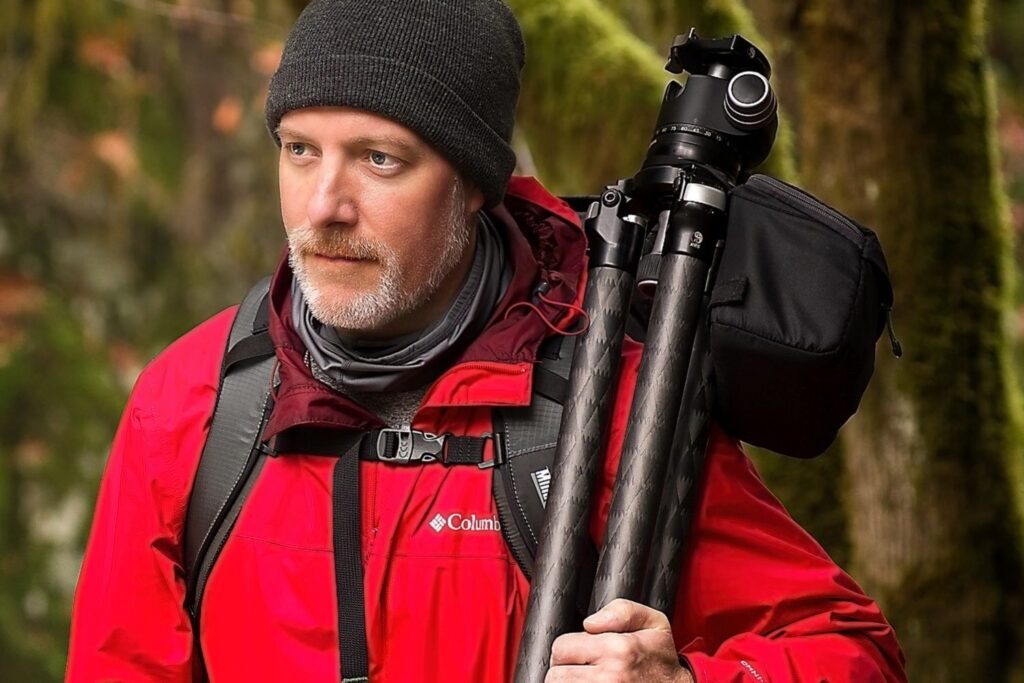
Black and white photography is such an emotive form of photographic expression. Yet I found it challenging to translate our color world into a compelling black & white landscapes. If that rings true for you, then this is the post for you.
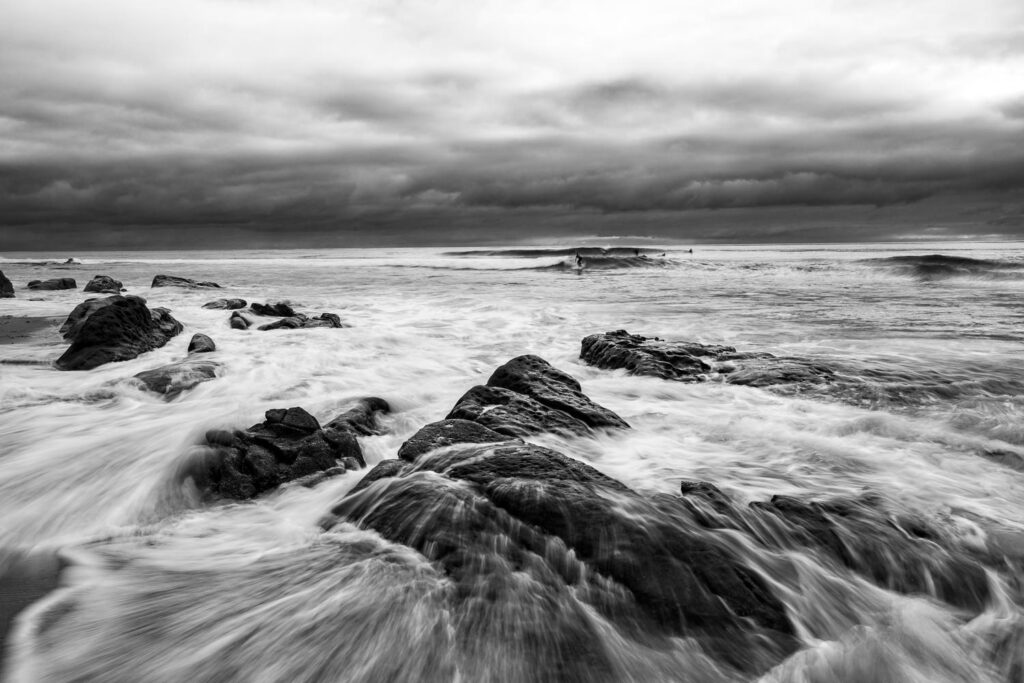
This will sound obvious. A great way to see the world in black and white is … to see the world in black and white! If you are using a mirrorless camera, it’s very likely it has a creative shooting mode that presents the world in monochrome on your LCD and in your EVF. It’s fantastic for black & white work. You’re still capturing RAW images and have all the benefits of RAW files, yet you can compose and capture with black & white in mind.
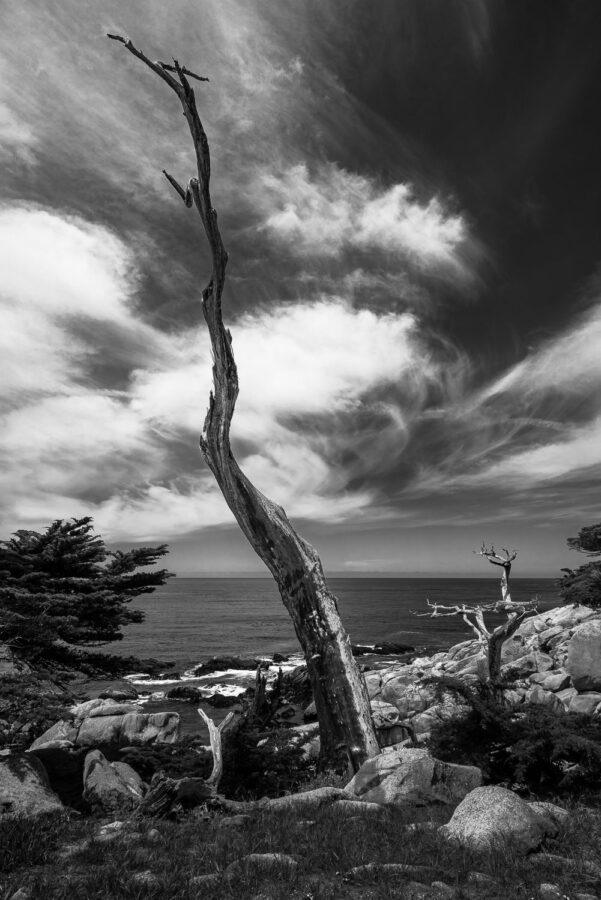
Looking at the world in monochrome shifts your attention to the shape and form of a landscape. The distractions of color are gone. The interplay of light and shadow are much clearer. You’ll not only see contrast between light and shadow, but also texture contrast. Strong, rugged subjects set against smoother, flowing elements make great monochrome images.
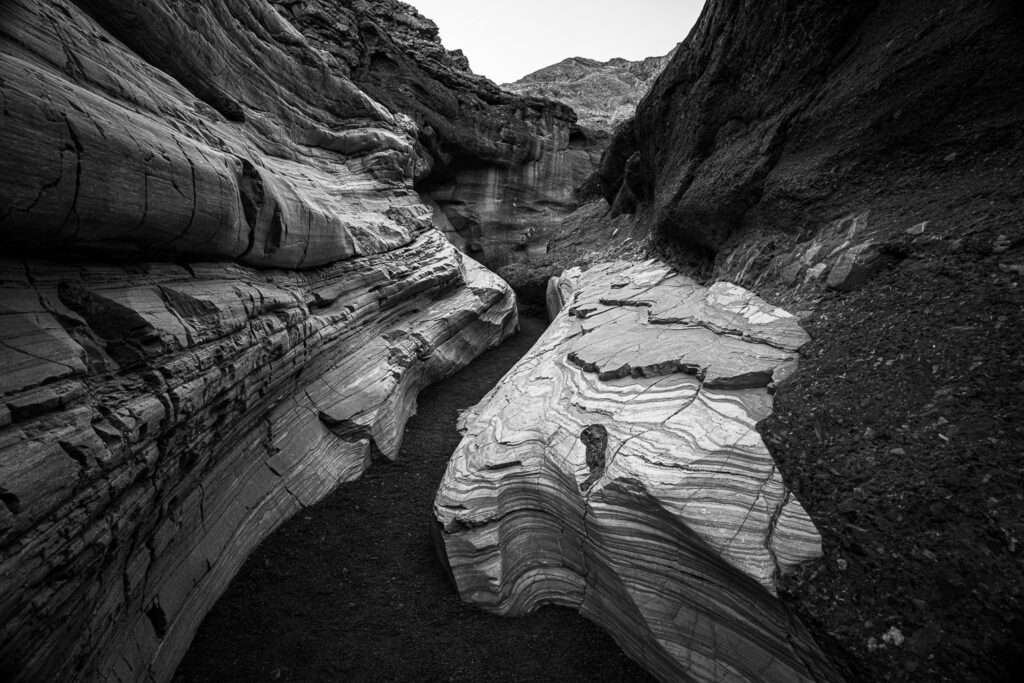
As a landscape photographer, I’m wired for golden light. Out on location before dawn and through sunrise, back in the field before sunset and through blue hour. I miss a lot of breakfasts and dinners! As special as golden hour is, black & white photography allows even more shooting outside of the golden hour window. The more contrasty light on a scene when the sun is above the horizon can work well for monochrome photos.
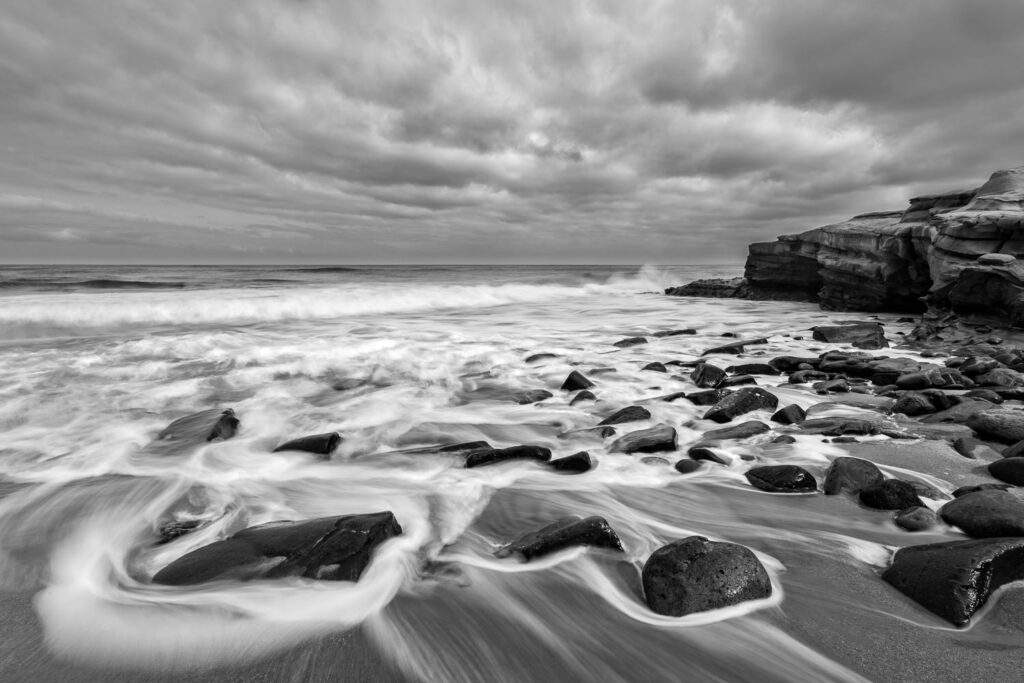
What about bad weather? Landscape photographers know that “bad” weather can make for compelling photos. Foggy conditions are great for black and white photos. When nature has already sucked all of the color of a scene… embrace it! Fog also helps isolate subjects, tempering crowded or busy scenes, bringing a level or order to chaos.

Long exposure photography is another way to explore black and white landscapes. Water gets silky and smooth, emphasizing stationary subjects in the frame. Extremely long exposures turn moving clouds into leading lines, adding a dynamic feel. Compose your shot thinking about the stationary objects and how the elements in motion will weave around them, or serve as negative space to reinforce your subject.
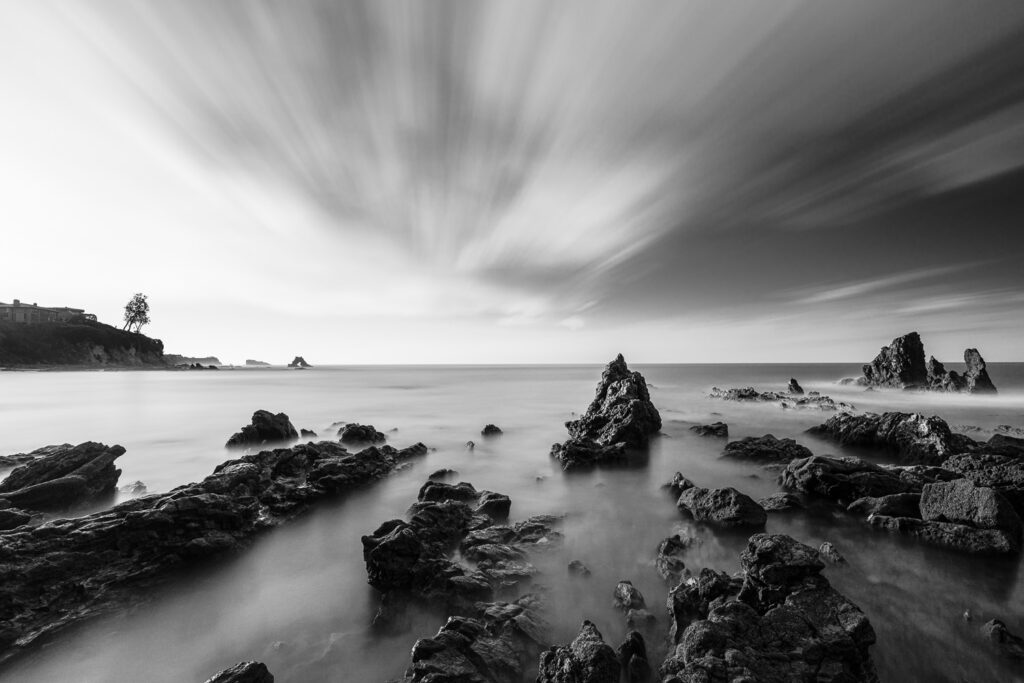
And don’t overlook urban landscapes. Architecture is a classic subject for monochrome work. Play up the angles of city streets and architecture. Frame boldly. Also, try tighter compositions on details in a city. And shift your perspective a look at things through a different set of eyes – sometimes quite literally!
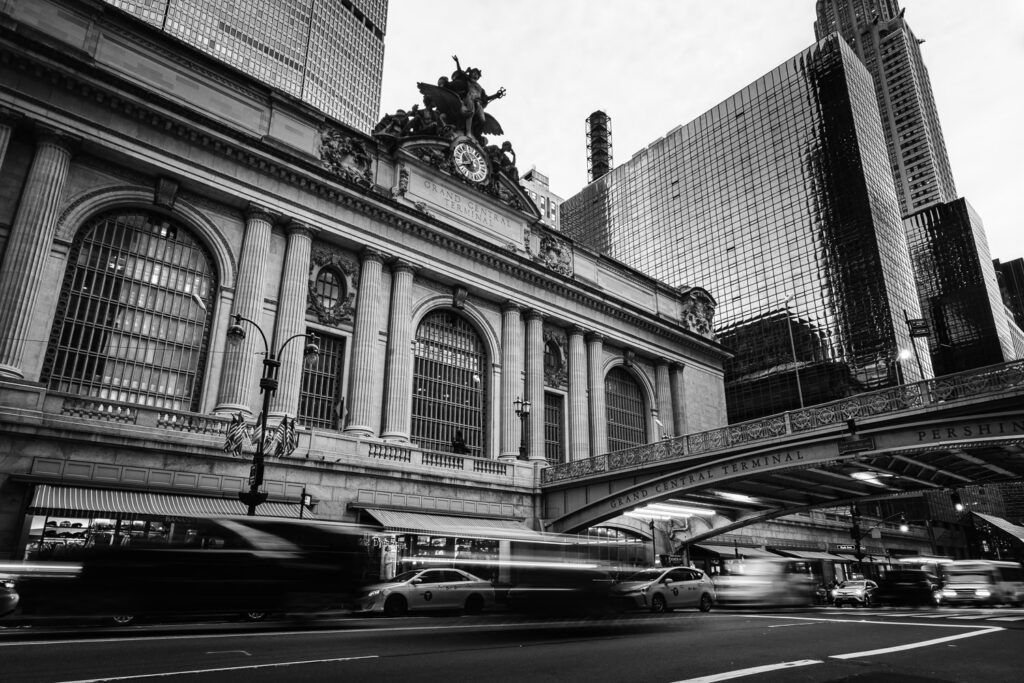
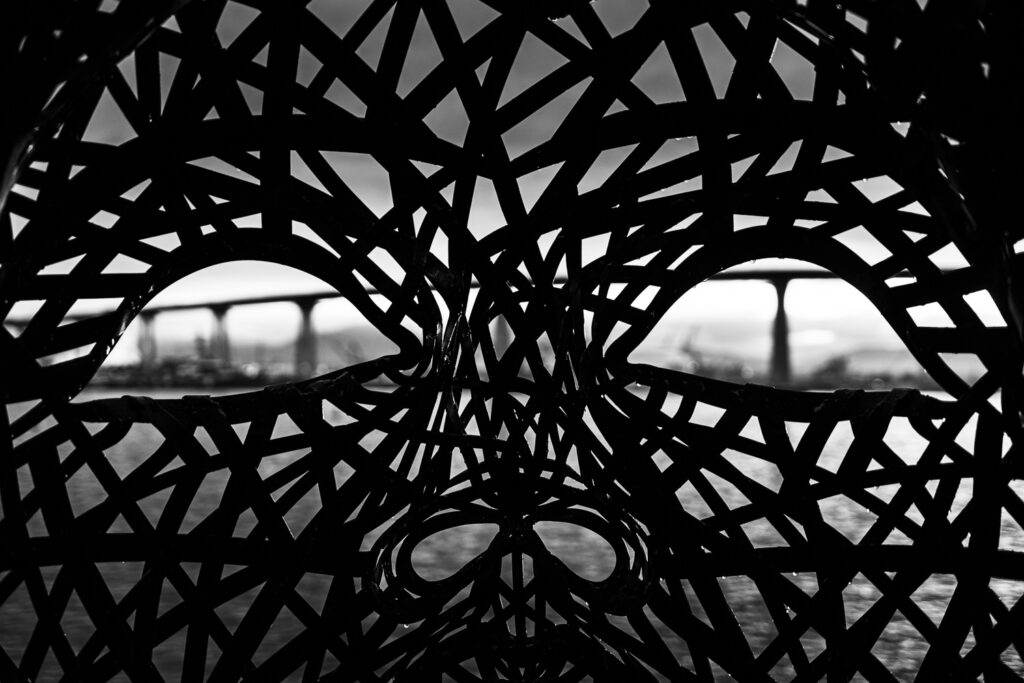
On your next field adventure, try looking at the world in black and white. Pay attention to shape and form, light and shadow contrast, as well as texture contrast. Keep shooting beyond golden hour and embrace “bad” weather. You just might find photographs you would have otherwise missed. Have fun!
Scott Davenport is a landscape photographer and photo educator based in San Diego, California. He hosts photo workshops, makes YouTube tutorials, records podcasts, and feels weird referring to himself in the 3rd person. Check out more of Scott’s work at ScottDavenportPhoto.com, and keep up with him on YouTube and the Stop Down Photography Podcast.



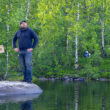
1 comment